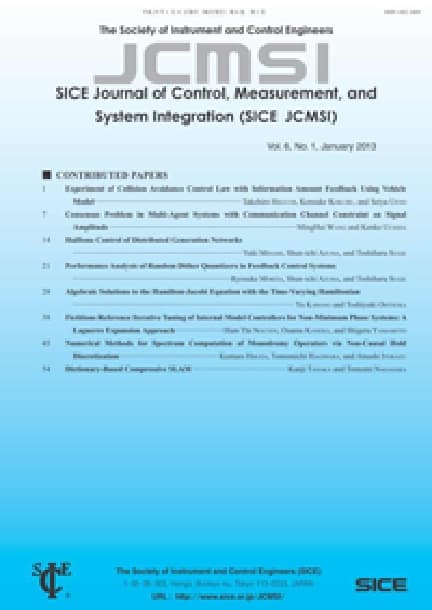An Analysis on a Negotiation Model Based on Multiagent Systems with Symbiotic Learning and Evolution
Md. Tofazzal HOSSAIN
pp. 55-62
DOI:
10.9746/jcmsi.5.55Abstract
This study explores an evolutionary analysis on a negotiation model based on Masbiole (Multiagent Systems with Symbiotic Learning and Evolution) which has been proposed as a new methodology of Multiagent Systems (MAS) based on symbiosis in the ecosystem. In Masbiole, agents evolve in consideration of not only their own benefits and losses, but also the benefits and losses of opponent agents. To aid effective application of Masbiole, we develop a competitive negotiation model where rigorous and advanced intelligent decision-making mechanisms are required for agents to achieve solutions. A Negotiation Protocol is devised aiming at developing a set of rules for agents' behavior during evolution. Simulations use a newly developed evolutionary computing technique, called Genetic Network Programming (GNP) which has the directed graph-type gene structure that can develop and design the required intelligent mechanisms for agents. In a typical scenario, competitive negotiation solutions are reached by concessions that are usually predetermined in the conventional MAS. In this model, however, not only concession is determined automatically by symbiotic evolution (making the system intelligent, automated, and efficient) but the solution also achieves Pareto optimal automatically.









